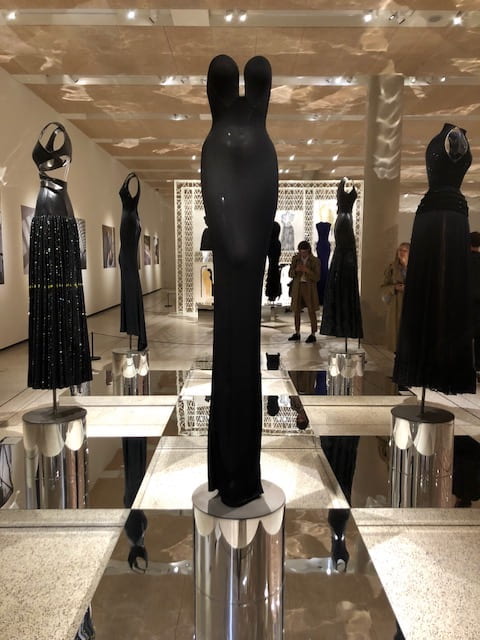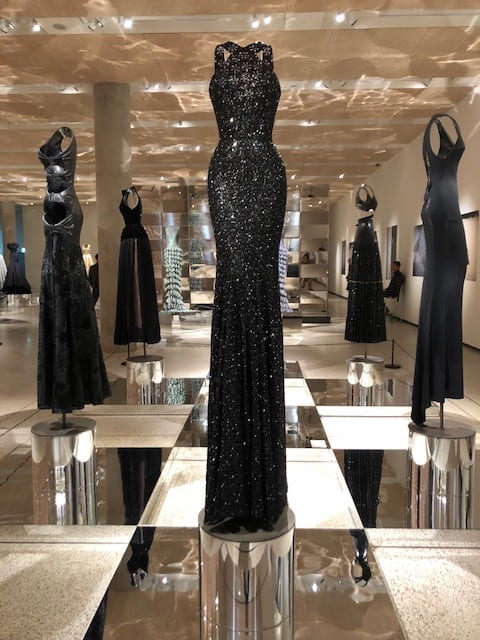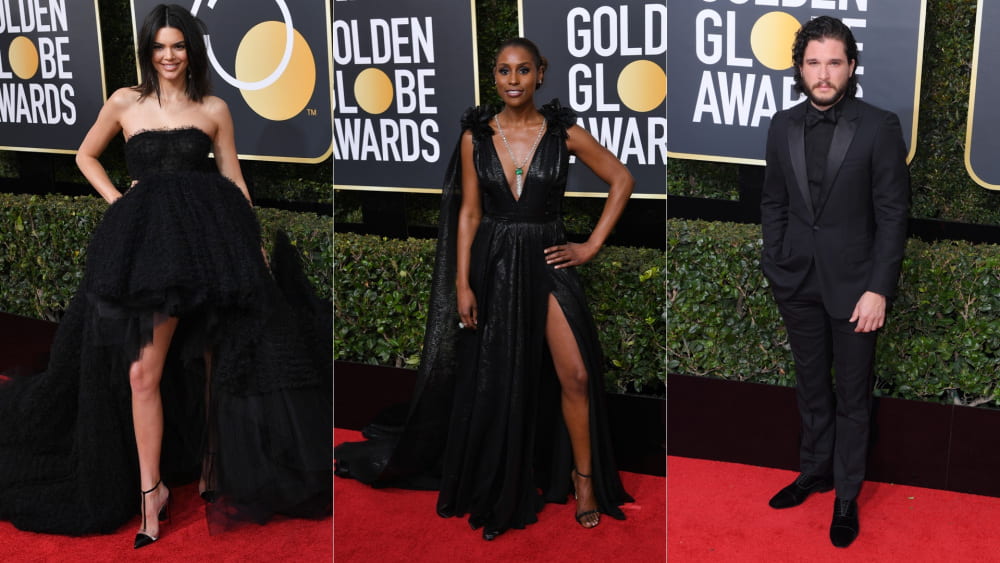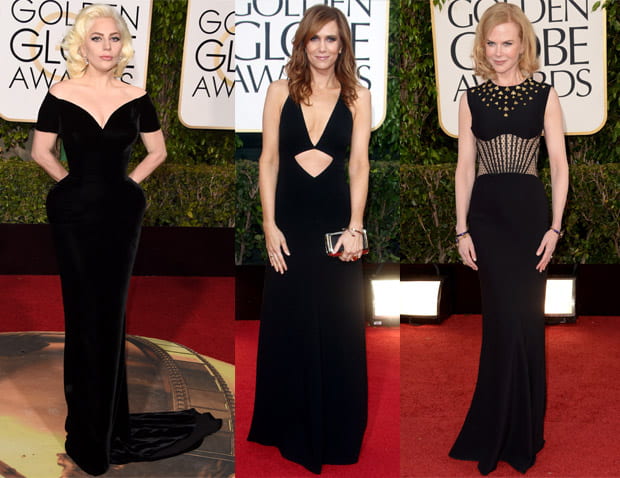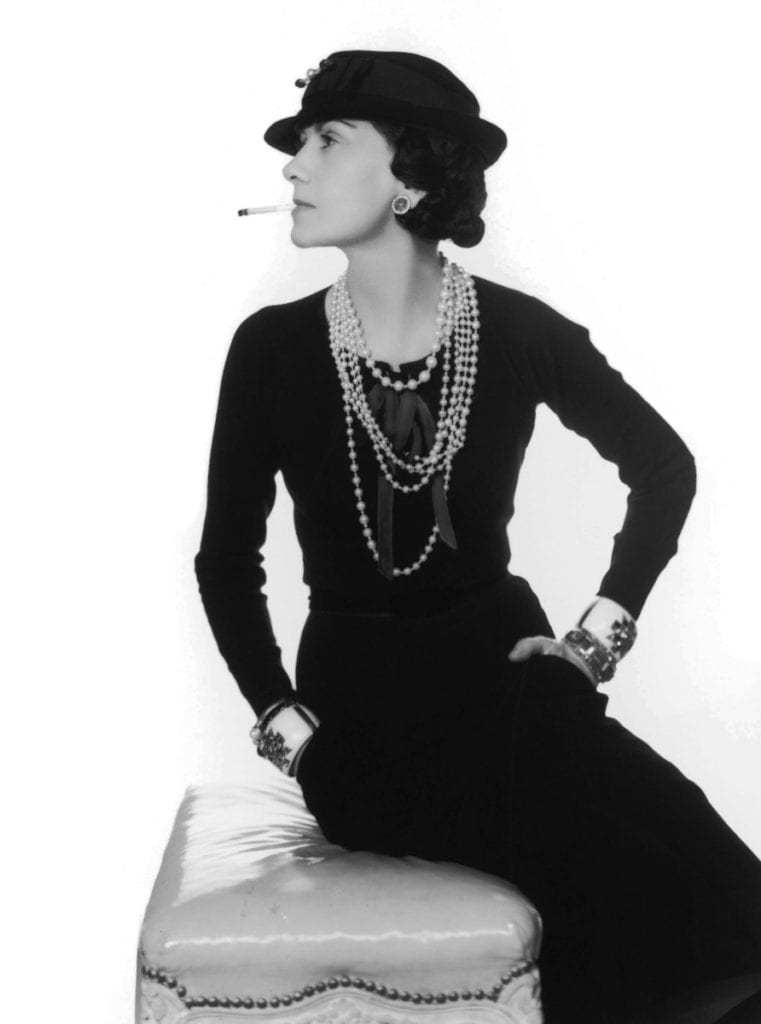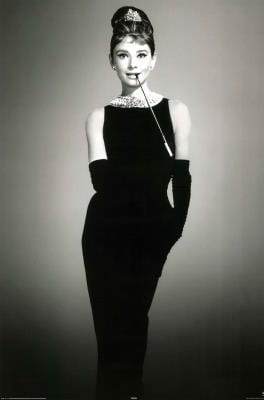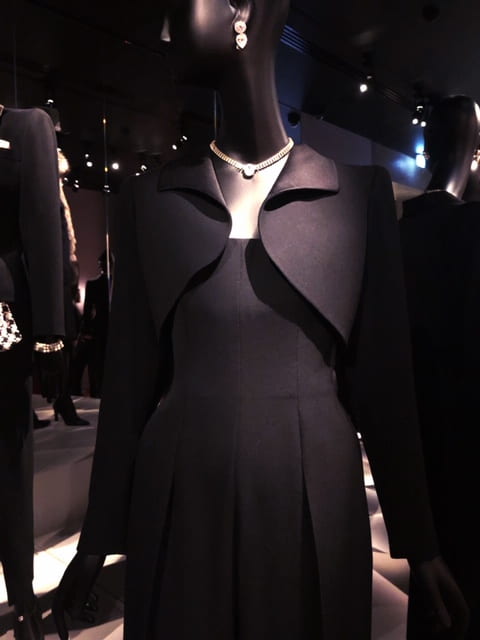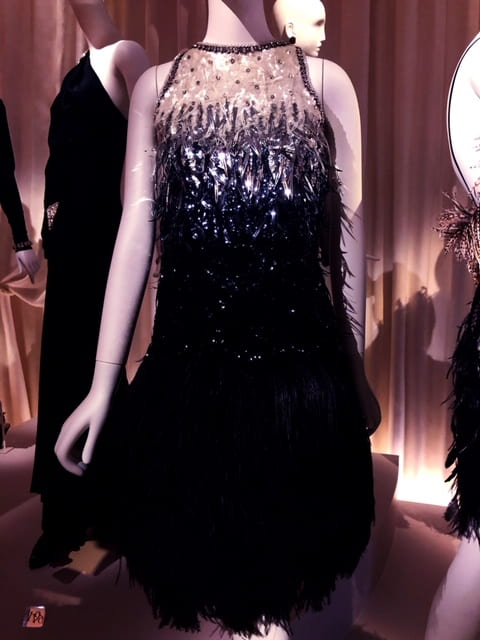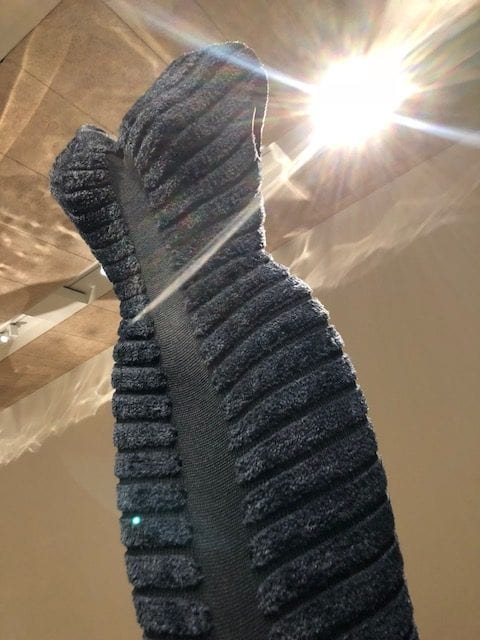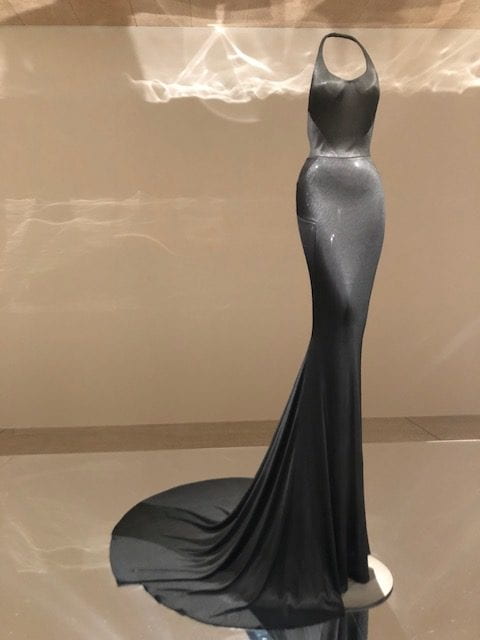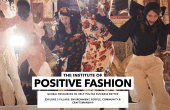
Black clothing has an undeniable power. Unlike red or green, which represent specific wavelengths of light, black isn’t exactly a colour; it’s what we see when an object absorbs all visible wavelengths, putting it in a category by itself and the most powerful at that.
A perennial cliché is that those at the heart of the fashion industry – the individuals promoting colourful, patterned, often experimental clothes each season – only wear black themselves. Now a quick look at any fashion coverage will disprove this as a rule, but there is an element of truth here. Black is always in fashion. Blue, mustard, pink, orange, even navy, grey and camel, these colours appear, disappear and then reappear on the catwalks over the years, but black remains a constant.
It is a powerful colour with many cultural associations, dressing all in black is often a sophisticated, elegant and restrained fashion statement, yet even so black’s historical associations with evil, death, eroticism, piety and puritanism remain. In the past, black was predominantly worn by mourners grieving the death of a loved one, though poets, priests, artists and intellectuals also donned the somber colour to set themselves apart. Its singular darkness has a unique visual potency, and its adaptability has long made it open to interpretation by the numerous groups that have adopted it.
Black connotes seriousness and diligence, as in the black worn by religious orders, it can be sinister or rebellious, like cloaks of witches or leather jackets worn by biker gangs. But too, black has also been used in the form of protest. There is nothing about black that inherently signifies this, however no other colour could send as clear a message. For example, 2018’s Golden Globes Time’s up #metoo movement had attendees of the awards ceremony draped in black, quite literally. With actresses and some actors vowing to use their attire to stand in solidarity and make a statement about sexual harassment in Hollywood and other spheres.
Despite all that exuberant colours have to offer, designers such as Azzedine Alaia, Yves Saint Laurent, Comme des Garçons and Ann Demeulemeester return to black again and again. Timeless and classic, the favourite colour of Coco Chanel and Audrey Hepburn, black focuses the eye on the fabric, silhouette and texture of a garment. It flatters the figure and can be worn anywhere with anything. Designer Yohji Yamamoto continues to work predominantly in black, saying that the non-colour emphasises the highly complex and considered proportion and cut of his clothes. Black focuses the eye to the shape and texture of the clothing, rather than the patterns.
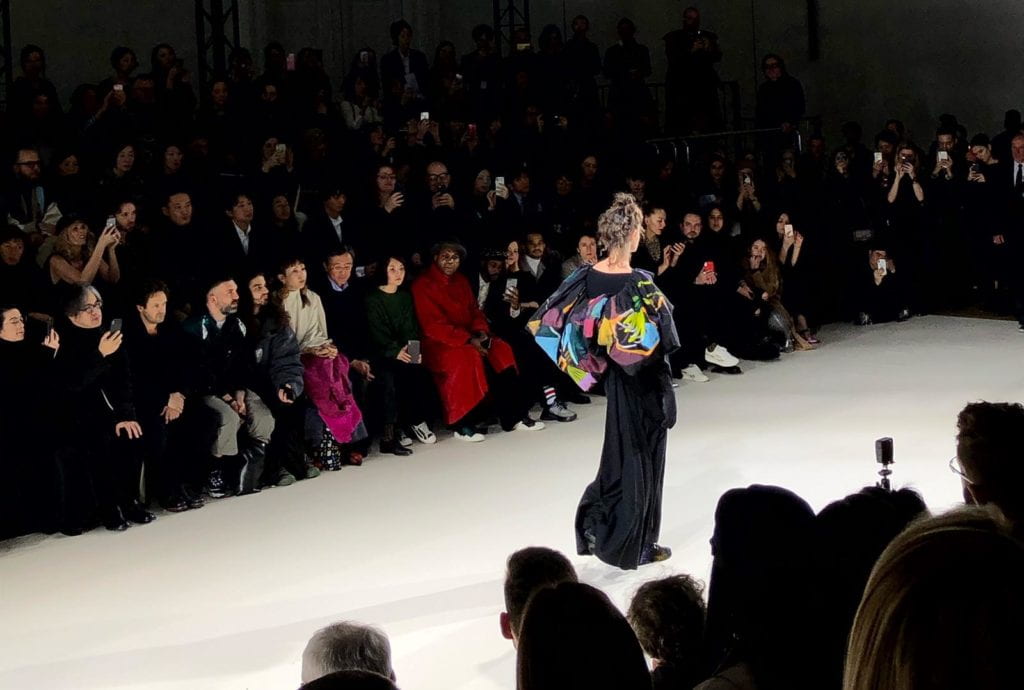
Historically, there was a vogue for black clothing, then notoriously expensive among Europe’s wealthy, from Spanish nobility in the south to Dutch merchants in the north, black denoted wealth as the dye required to create it was very expensive. Only in Victorian times when cheaper dyes were developed did black become increasingly popular, with the turning point in black’s more recent reign arriving around the early 20th century where socialites who wanted to appear especially youthful and edgy wore little black dresses.
The ‘little black dress’, made popular by Chanel is a true fashion classic whose popularity spans the decades. With all classes wearing the black dress, society became used to seeing women dressed in black, looking elegant without the expense. The little black dress became uniform, often made of velvet and lace for the evening and wool for during the day, every woman owned one in their wardrobe.
Among the endless variety of colours and combinations that fashion retailers stock, black is a perennially popular choice. In a recent study of more than 183,000 dresses retailing online in the US, retail technology firm Edited found that about 38.5% were some shade of black, making it by far the most common colour available. With only about 10.7% of dresses came in the second-most popular shade, white, black is shown to still be the most popular colour almost 100 years after it first became a trend.
Black has a remarkable tendency to be distinctive without overshadowing the wearer, in a sense, amplifying the person. From Cristóbal Balenciaga using it for his elegant, architectural silhouettes to Yves Saint Laurent for his androgynous “le smoking” women’s tuxedo, black is used as a statement time and time again. It will always be used for its adaptability and allure and as Christian Dior described, “You can wear black at any hour of the day or night, at any age, and for any occasion”.
Images by: Amanda Hawkins

